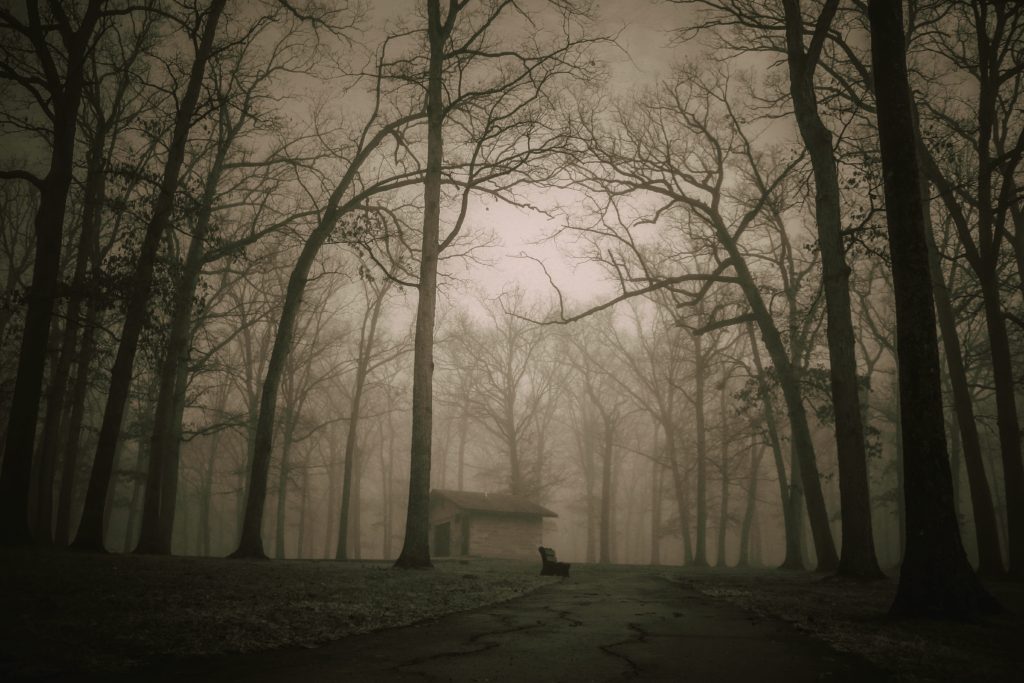
Ireland is inherently mysterious; the lush green island has been home to spirits, druids, and ghosts for millennia. It’s no surprise the Irish invented Halloween, with the ancient pagan tradition of Samhain. The merry music, thriving pub culture, and charming people make it a must-visit for festive travelers. Explore Ireland’s secrets amidst the splendor of its fall foliage, savor its rich food, and don’t forget to book your stay in a haunted castle. Their ghosts have some bedtime stories to tell.
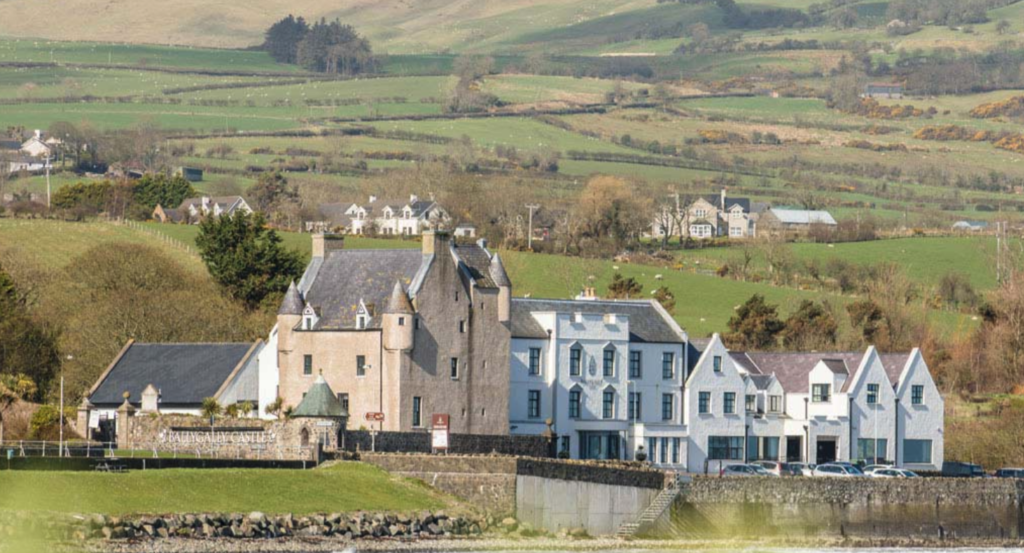
Haunted Castles
Ballygally Castle is part of the deluxe Hastings Hotels group, yet its posh setting and postcard views over the Irish Sea bely its haunted past. Built in 1625 by James Shaw, he brought his young wife Isabella to start a family. Shaw, a native of Greenock, Scotland, came to Ireland in 1606 to seek his fortune. Upon hearing that his young wife bore him a daughter, Shaw became livid, hiding the child and locking Isabella in a turret. Some accounts report that rather than starve, Isabella threw herself from the window. Others say she went out looking for her beloved daughter and fell to her death. Her soul is said to walk the halls at night, sometimes appearing with phantom children. To this day, Isabella has her own room, the Ghost Room, which guests may tour but never stay overnight. Psychics who have visited Ballygally Castle often say they are surrounded by more ghosts in the hotel than guests.

Renvyle House Hotel–a four-star resort and Historic Hotel of Europe on the Atlantic Coast, west of Galway—has been reported haunted since opening to guests in 1882. Upon purchasing the estate in 1917, Oliver St. John Gogarty had no idea of the ghastly surprises that awaited. One night, awoken by the sound of thudding footsteps outside his door, he grabbed a candle to investigate. As he opened his bedroom door, a gust of wind blew the candle out. Soon after, a heavy chest was dragged in the middle of the night, barring access to another bedroom. From that point forward, the servants refused to go into several rooms of the house. So Gogarty invited fellow poet William Butler Yeats, whose wife was a famous medium, to stay. Georgia Yeats entered the haunted room alone and witnessed the ghost of a red-haired 14-year-old boy, the son of a previous owner. After Yeats died, the house’s powers are so strong that a new ghost arrived, a tall, thin specter wearing tweed–the very likeness of Yeats himself. To this day, furniture and linens are known to move about unassisted. Or make that assisted… by the supernatural.
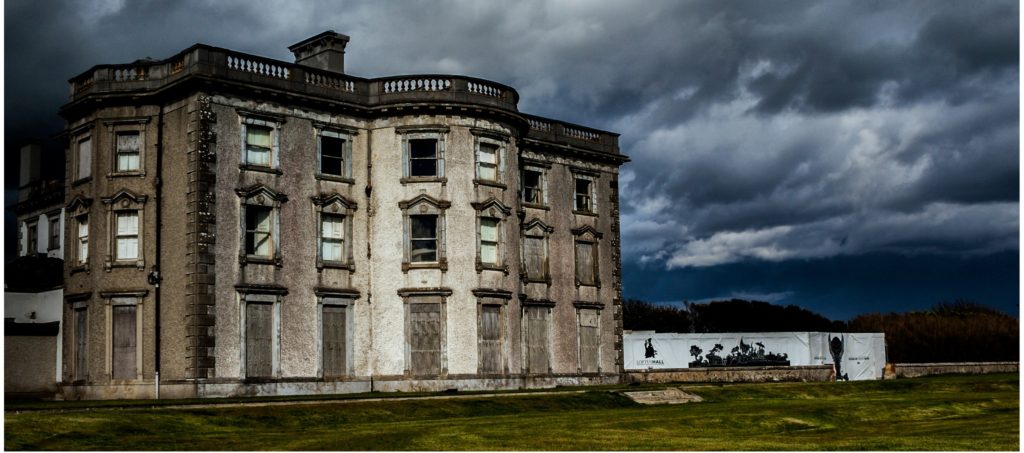
At the southeastern tip of Ireland, Loftus Hall in County Wexford has a long and devilish history. It seems a young man on horseback asked for help after washing ashore in the rough seas off the coast. The handsome stranger enchanted the owner’s daughter, young Anne Tottenham, and she fell madly in love. One night playing parlor games, Anne dropped a card to the floor. Upon retrieving the card, she lowered her gaze and noticed that her beloved had cloven hooves instead of feet! Overcome with rage, the stranger flew away through the ceiling, leaving a gaping hole that would never be repaired. Young Anne descended quickly into madness, was locked away from prying eyes by her family, and went to an early grave. For many years family and servants reported seeing her wandering late at night in the tapestry room where she was kept. Finally, a Catholic priest tried—and failed—to exorcise the tapestry room, and some say young Anne haunts Loftus Hall to this day.
Loftus Hall Afterdark is an in-person (with masks) and live-streamed (from home) paranormal adventure, which takes place in October for Halloween. Enter if you dare. And if you really want to bring Ireland home, Loftus Hall recently went on the market, for 2.5 million euros.
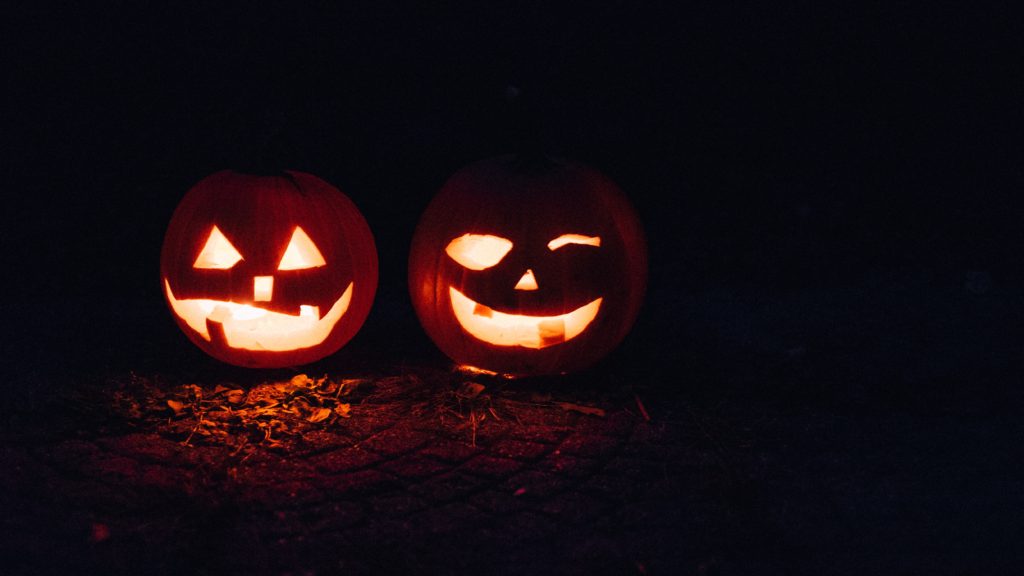
Bring Haunted Ireland to You
If you can’t make it to Ireland this October, invite the Irish specters to dinner and recreate these chills in your abode. Being spooked in your own home is deliciously spine-tingling. Here is a perfect recipe for fear, fun, and a phantasmic fete. Invite your nearest and dearest mortals too–their blood-curdling screams will be your applause.
Set the Scene
Carving the jack o’ lantern is an ancient Irish Halloween tradition. Stingy Jack was a miserly, evil person who swindled the Devil out of taking his soul multiple times, only to be cast away from heaven by St. Peter. Doomed to wander the earth forever, the Devil gave him an ember from the fires of hell to light his way. Superstitious locals began carving faces into turnips and potatoes, illuminating them with candles to ward off evil spirits. In Ireland and throughout the world today, Halloween revelers place pumpkins near the door to scare away wandering spirits.
Place your pumpkin in a prominent place by the entrance to your “haunted” house and carve a few more to watch over your guests inside. For added visuals, place a small piece of dry-ice inside each jack o’ lantern and place a few drops of water on it with a straw. Watch the eerie fog billow and swirl out of the gaping eyes and mouth.
Keep the lights dim and, if possible, use only candlelight for the evening. Choose a few scented candles to evoke that fall feeling – tobacco, smoked wood, or pine blend well with the freshly-carved pumpkin scent.
Movies set the mood visually, bringing an ethereal, gothic quality to your gathering. Cue up The Lodgers (2018), shot on location at Loftus Hall and set the film on repeat. The ghostly period piece will add some extra shivers.
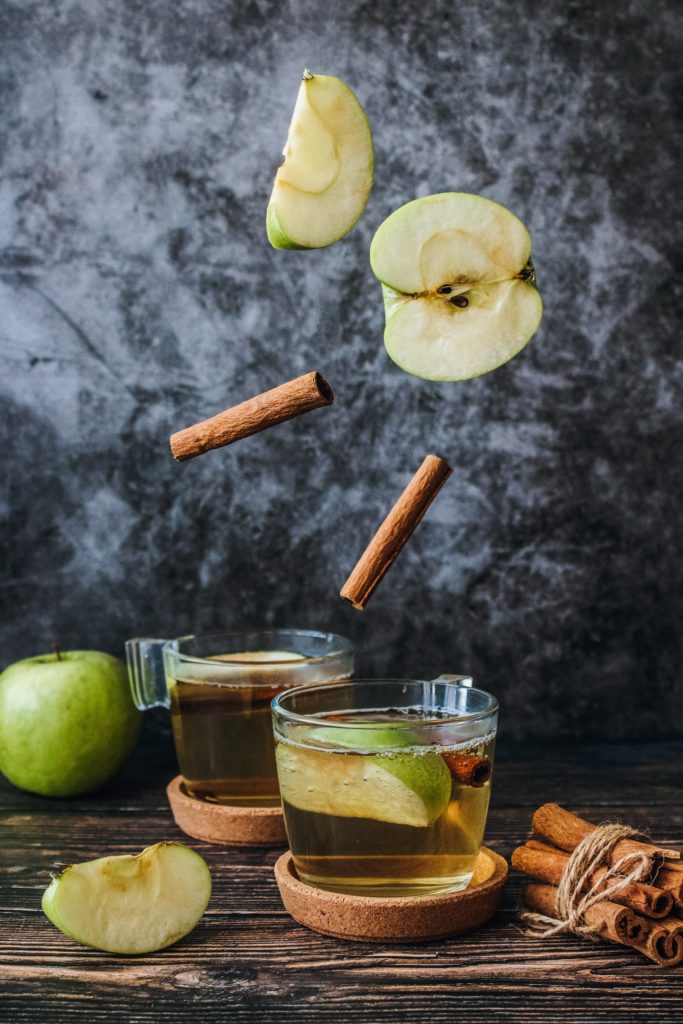
Gather & Toast
The ancient Irish believed that they must feed the spirits before All Saints Day, and so you must feed your spirits as well.
From Master Foodie Mara Papatheodorou, a tastes and traditions expert, and former editor at Bon Appetit.
“The sweet apple, autumn’s bountiful fruit, became the first treat. Mulled warm apple cider, spiced with cinnamon and often spiked with rum, still keeps away the October chill and makes it the perfect party drink.
Guinness--the famous Irish stout–is another sipping option. Arthur Guinness began brewing his perfected blend of roasted and malted barley, hops, yeast, and water in an abandoned Dublin warehouse in 1759, and the rest is ale history. And no Irish gathering is complete without a wee nip of whiskey or a classic hot Irish coffee infused with whiskey and topped with whipped cream.
Celtic flavors and flair stem from what the Green Isle grows. The country’s staples of carrots, potatoes, onions, and beef or lamb merge together deliciously in a hearty Irish stew, ideal as a meal to celebrate All Hallow’s Eve. Another Irish specialty is Colcannon (Gaelic for white cabbage), a traditional concoction of mashed potatoes, chopped onions, cabbage, and kale served alongside lamb chops or corned beef.
Finish your feast off with Irish Barmbrack, also known as Soul Cake, a biscuit-like cake flavored with apples and currants especially created to serve this night to soothe souls and welcome visitors. The cake often has “charms” baked into it that represent good luck or caution depending on what you get in your slice!”
Amusements
It’s time to conjure the lost souls wandering the earth! Grab a copy of Irish Ghost Stories by David Stuart Davies, choose a classic tale by Bram Stoker or Yeats, and gather close. Reading ghoulish stories aloud is a Halloween pleasure and will add a mysterious, memorable tone to your evening. Have your guests bring their own ghost stories to share as well. With any luck of the Irish, the ghost of Isabella Shaw might just be sitting among your group, listening.
